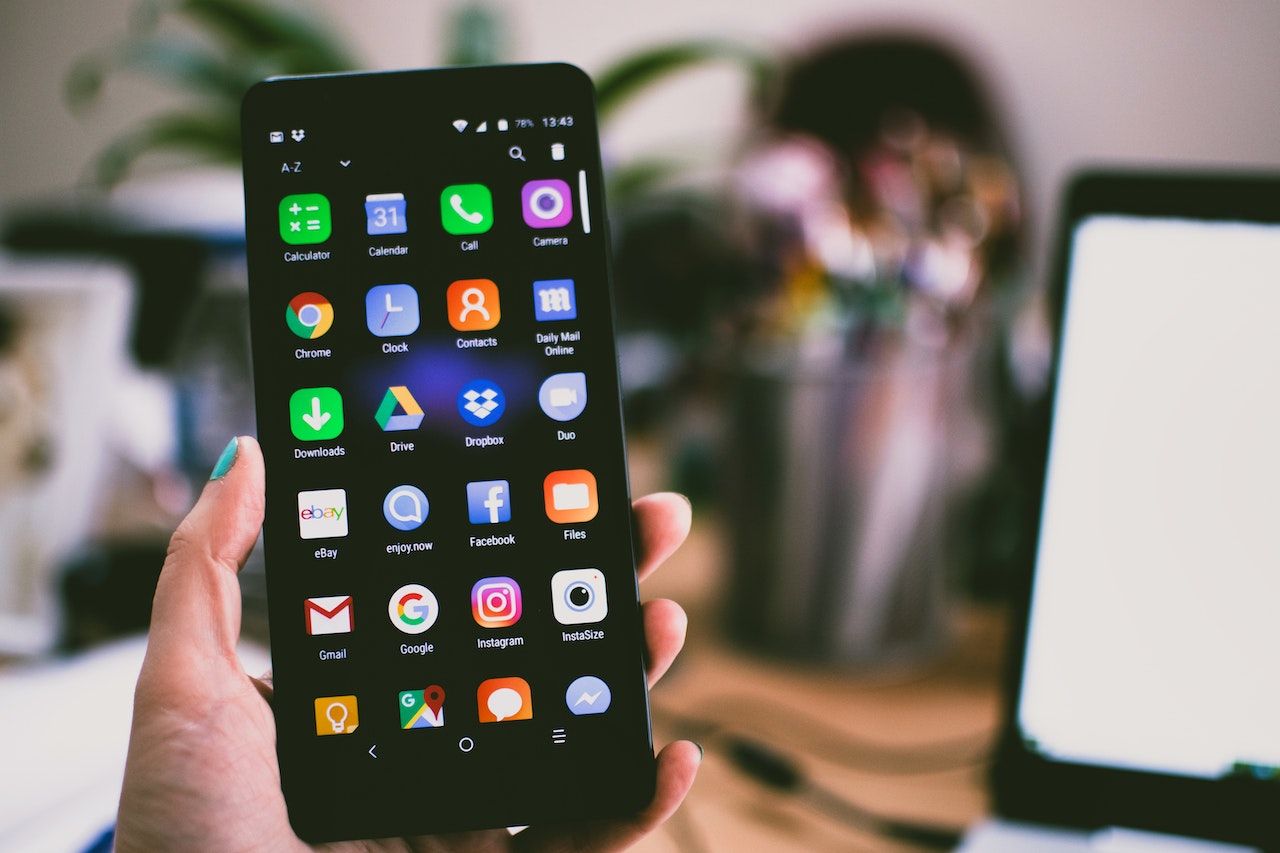The use of mobile computing and communication devices like smartphones affects drastically when designing IT architecture and developing the infrastructure in order to support business goals. Today, as many employees and customers depend on their mobile devices to access the web at work or at home, it is necessary to consider the business opportunities that mobile technology brings. Most people carry smartphones with them all the time. Therefore, a mobile application is accessible almost all the time to customers (Kaplinger et al., 2013).
A company should evaluate the capabilities of mobile technologies and how they could affect the current business model. So, choosing IT infrastructure, architecture, and software could depend on How an organization can benefit from the development of mobile technologies? What business models are possible by using mobile technologies? How the business could gain a competitive advantage by using mobile technologies? (Kaplinger et al., 2013)
IT Architecture
IT architecture is the blueprint or conceptual design that is created by the strategic business and planning process (Marakas & O’Brien, 2010). A business can develop productive ways to take advantage of mobile devices in order to gain a competitive advantage and continue growing over the years (Collins & Ellis, 2015). For example, a business would like to improve the communication between the fleet and the main location or a way to keep track of the fleet. The use of mobile devices could be considered for this requirement because the power and speed of mobile networks could make it possible (Collins & Ellis, 2015). Thus, it is necessary that in order to achieve some business goals, the business should consider the design of an IT architecture that has mobile computing in mind.
IT Infrastructure
IT infrastructure is all the equipment, software, and services used across the organization (Laan, 2011). Thus, it is really the actual implementation of the IT architecture, the architecture put into practice. Taking the previous example of fleets communication, in this case, the organization would need to choose the hardware and software that support this architecture. Here, the business would decide if using a smartphone, tablet, or any other type of handheld device would be required. Other choices would include:
- If developing the application in-house, buying, or using a SaaS.
- If mobile devices would be required, what type (tablets or smartphones), and what OS?
- What type of application could be developed? Progressive Web App, Web Application using responsive web design, or Navite Mobile application.
- How to accommodate the data on mobile devices’ screens?
- What the application should do when there is no signal or communication to the servers?
Another way that mobile computing might affect the choice of IT infrastructure is the expectation of the users. Users expect the application to be fast no matter if the application runs locally or on a server (Kaplinger et al., 2013). So, organizations should create an IT infrastructure that provides a fast response to mobile devices in order to provide a good user experience. For example, Yahoo! performed some studies that show that when their main page was delayed by 0.4 seconds, there was a drop in full-page traffic between 5% to 9% (Stefanov).
References
Kaplinger, T., Kirsch, C., Idstein, P., Huang, M. Z., Hanson, S., McPherson, K., Katory, H., Olivera, L., Dannhauer, A. (2013). Extending Your Business to Mobile Devices with IBM Worklight. United States: IBM Redbooks.
Marakas, G. M., O’Brien, J. (2010). Management Information Systems. United Kingdom: McGraw-Hill Publishing.
Collins, L., & Ellis, S. (2015). Mobile devices: tools and technologies. Boca Raton: Chapman & Hall/CRC.
Laan, S. (2011). It Infrastructure Architecture: Infrastructure Building Blocks and Concepts. United Kingdom: Lulu.com.
Stefanov, S. (n.d.). The Performance Business Case. Retrieved November 6, 2019, from http://www.bookofspeed.com/chapter1.html.


